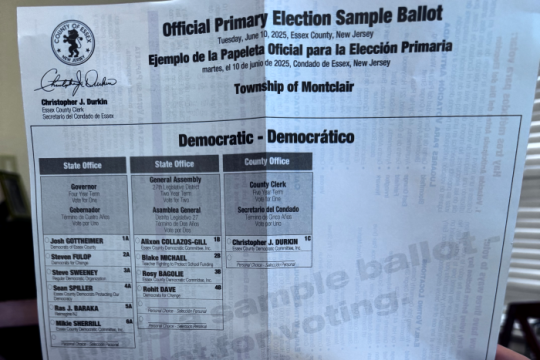
In July, the African Methodist Episcopal Church (AME Church), one of the largest and oldest black churches in the United States, passed their first ever resolution dedicated to climate change in the Church’s 200-year history. The resolution highlights the disproportionate impact of climate change and pollution on certain communities, including black and low income communities in the United States, and communities in developing countries around the world. This disproportionate exposure of people and communities of color to pollution and toxic material, which can lead to many adverse health impacts, is referred to as environmental racism.
Our tradition reminds us of the importance of appreciating and caring for the works of creation. When God created the first human beings, God led them around the Garden of Eden and said: “Look at my works! See how beautiful they are, how excellent! Take care not to spoil or destroy My world, for if you do, there will be no one to repair it after you” (Midrash Rabbah, Commentary on Ecclesiastes 7:13). It is imperative for us to work to protect our world not just for future generations, but for all people who live today. The Talmud teaches that God created humanity from the four corners of the earth - yellow clay, and white sand, black loam and red soil. Therefore, the earth can declare to no part of humanity that it does not belong here, that this soil is not their rightful home (Yalkut Shimoni 1:1).
Therefore, all of humanity deserve equal access to soil, water, air and all natural resources free from pollution. This is not currently the case in the United States and across the world. The water crisis in Flint, Michigan shed a new light on situations of environmental racisms that are happening across the country.
Climate change and pollution disproportionately affect people who are least responsible for it, for example, communities of color emit 20% less carbon than white communities, yet face some of the greatest impacts. This June marks fourteen straight months of record-breaking temperatures across the globe, and 2016 is on track to be the third straight hottest year on record. Surfaces that cover urban areas such as asphalt and concrete retain heat causing higher rates of heat-related deaths in cities. Heat-related deaths occur at a 150 to 200% greater rate in black communities because they are more likely to live in cities.
Furthermore, people who live closest to U.S. chemical facilities are 75% more likely to be black and 60% more likely to be Latino, making them at greater risk of health concerns due to toxins released into the air, soil and water. Death due to asthma, which is exacerbated by pollutants, is twice as common for black people than it is for white people,
The above statistics highlight just a few of the many environmental injustices that communities of color face in the United States. In 1994, President Clinton signed an executive order on environmental justice, calling on all agencies to address disproportionately high environmental impacts on minority and low-income populations. More than 20 years later, environmental injustices are still occurring across the United States.
The historic AME Church resolution resolves to support global efforts, such as the Paris climate agreement, and take local steps, through increased energy efficiency to curb the impacts of climate change on the most vulnerable communities. In order to live in a truly just world, we must join in efforts to fight environmental injustice in the United States and across the world. Take action and urge your governor to support the Clean Power Plan, including its environmental justice initiatives.
Related Posts

RAC-NY Update

Lessons from the 2025 NJ Primary Election

